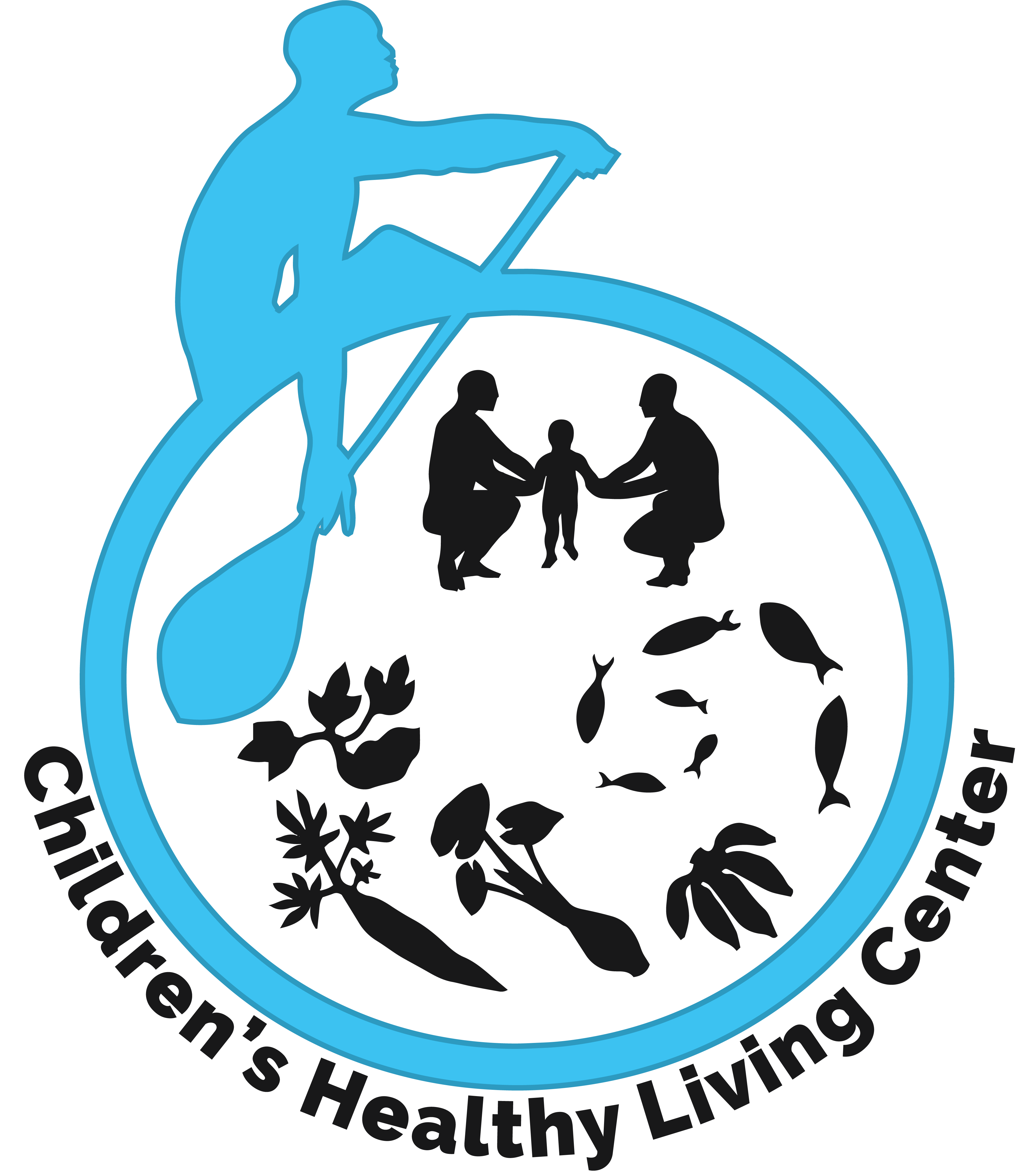Contact: Rachel Novotny, 808-683-9798 Professor, Human Nutrition, Food and Animal Science
The University of Hawai’i News Release Article can be found here.
The community-randomized clinical trial of the Children’s Healthy Living (CHL) Program for Remote Underserved Minority Populations in the Pacific Region, headed by Dr. Rachel Novotny, recently published their main findings in JAMA, “Effect of the Children’s Healthy Living Program on Young Child Overweight, Obesity, and Acanthosis Nigricans in the US-Affiliated Pacific Region.”
KEY POINTS
Question Does a multijurisdictional, multilevel, multicomponent community intervention decrease young child overweight and obesity in the US-Affiliated Pacific region?
Findings Among 27 communities and 8371 children in this randomized clinical trial, the Children’s Healthy Living Program decreased overweight and obesity prevalence by 3.95% among children aged 2 to 8 years in the US-Affiliated Pacific region.
Meaning A multilevel, multicomponent approach reduced young child overweight and obesity.
Importance Pacific Islanders have among the highest rates of obesity and type 2 diabetes in the world. Targeting children is critical for primary prevention.
Objectives To prevent young child overweight and obesity and to improve health in the US-Affiliated Pacific region via the Children’s Healthy Living Program.
Design, Setting, and Participants In this multijurisdictional, multilevel, multicomponent community randomized clinical trial, where all evaluable children were analyzed according to the random assignment of their community, hierarchical difference-in-difference models accounted for the community randomization, community clustering with jurisdictions, and these models were adjusted for the age and sex distribution of the community. The setting was 27 communities in 5 jurisdictions (Alaska, American Samoa, Commonwealth of the Northern Mariana Islands, Guam, and Hawaii). Participants were 4329 children (time 1) and 4042 children (time 2) aged 2 to 8 years in 27 selected communities from October 7, 2012, to October 25, 2015. Data analysis was completed in June 2018.
Interventions Nineteen activities addressed policy, environment, messaging, training, and 6 target behaviors (sleep time, screen time, physical activity, fruits and vegetables, water, and sugar-sweetened beverages).
Main Outcomes and Measures Primary outcomes were body size measurements. Secondary outcomes were acanthosis nigricans, sleep quality and duration, dietary intake, physical activity, and other questionnaire reponses.
Results The study included 27 communities and 8371 evaluable children (mean [SD] age, 5.4 [1.8] years; 50.9% male [n = 4264]). Data analysis included 952 children in the intervention group and 930 children in the control group aged 2 to 5 years at time 1; 825 children in the intervention group and 735 children in the control group aged 2 to 5 years at time 2; 565 children in the intervention group and 561 children in the control group aged 6 to 8 years at time 1; and 517 children in the intervention group and 560 children in the control group aged 6 to 8 years at time 2. The intervention communities showed significant improvement compared with control communities in overweight and obesity prevalence (effect size [d] = −3.95%; 95% CI, −7.47% to −0.43%), waist circumference (d = −0.71 cm; 95% CI, −1.37 to −0.05 cm), and acanthosis nigricans prevalence (d = −2.28%; 95% CI, −2.77% to −1.57%). Age and sex subgroup analysis revealed greater difference among the intervention communities in acanthosis nigricans prevalence in the group aged 2 to 5 years (−3.99%) vs the group aged 6 to 8 years (−3.40%), and the interaction was significant (d = 0.59%, P < .001), as well as the smaller difference in the group aged 2 to 5 years (−0.10%) vs the group aged 6 to 8 years (−1.07%) in screen time (d = −0.97 hour per day, P = .01).
Conclusions and Relevance The intervention reduced the prevalence of young child overweight and obesity and acanthosis nigricans. Comprehensive, effective, and sustainable interventions are needed to improve child health in the US-Affiliated Pacific region.
Trial Registration ClinicalTrials.gov Identifier: NCT01881373
